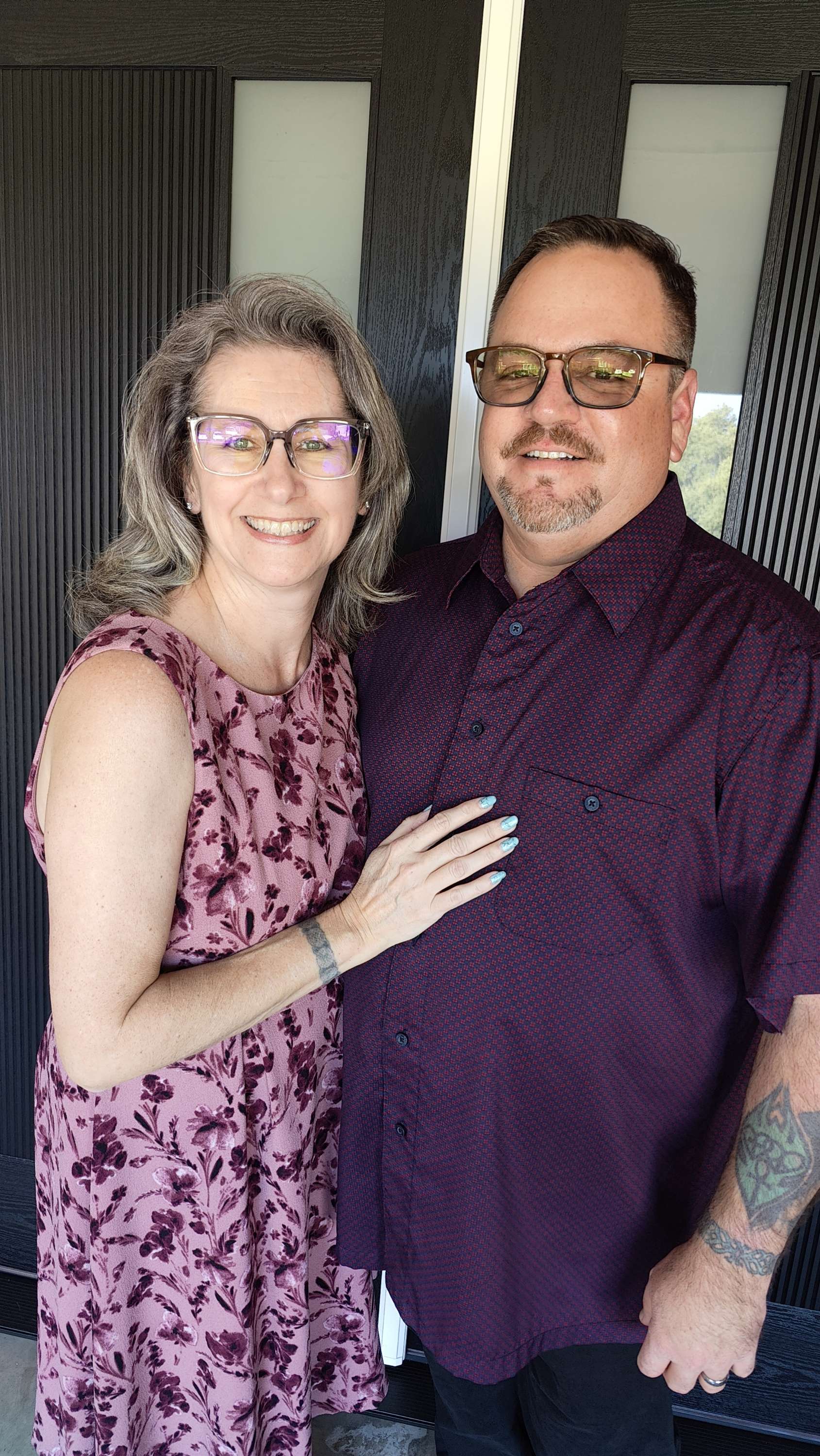Wine Club Newsletter - August 2022
- Teresa Martain
- Aug 1, 2022
- 4 min read
Updated: May 10, 2024
Wine is a better pairing with barbecue than beer, at least that’s how two-time James Beard award-winning Sommelier and Editorial Director at SommSelect, David Lynch sees it. He cites acidity as the main reason but concedes, “That’s the short answer. Acidity cuts fat, and BBQ is typically pretty fatty stuff.
To me, the ideal pairing for a plate of BBQ ribs, pulled pork, chicken, etc. would be a bright, fruity Cru Beaujolais from France. These are high-acid, low-tannin, low-alcohol reds with bright (but not overripe) fruit. That’s the sweet spot. Rich food counterbalanced by a lighter-weight red with energy; that’s the play.”
Yet, those full-bodied reds are also welcome to the party. Richer reds make the cut when it comes to barbecue adds Lynch; “Two that I often recommend with barbecue—especially the saucier, smokier styles—are California Zinfandel and Australian Shiraz or Grenache.”
And there is even a place for rosé lovers in the barbecue pairing game, explains Lynch, “Dry rosé is a fantastic choice, especially with some of the barbecue styles where vinegar plays a more prominent role: you need plenty of crisp acidity to counter that.
The moral of the story is to think unconventionally and experiment with different things—if only to give you a reason to host more barbecues.

Lynch’s Best Practices for Pairing Wine with BBQ:
Keep your red wines cool. Depending on the wine, in fact, you might consider throwing the bottle in the cooler with the beer. 50-55 degrees is ideal but you can go lower (refrigerator temp is typically around 40 degrees, which is a little cold, but it’ll rise quickly once the bottle is out).
Fancy glassware and other formalities associated with wine tend to go out the window with barbecue—especially considering a lot of the food is meant to be eaten with your hands.
Large formats are your friend: A barbecue is a great time to serve wine in magnum or jeroboam—it looks cool and accommodates larger groups of people.
Consider the setting: If it’s a hot daytime barbecue at the beach, you’ll likely want to choose different (i.e. lighter, more refreshing) wines that if it’s a backyard dinner that’s a lot cooler.
Josh Jensen, Winemaker Extraordinaire, was Pinot Noir Pioneer in America
I had the pleasure of meeting Josh Jensen on a few occasions, and he was a very fine man. He was THE leader for developing high quality Pinot Noir in the United States, specifically in California. His wines have stood the test of time, older and recent vintages showing spectacularly, the Jensen label on Pinot Noir, Chardonnay, and even Zinfandel denotes wines of exceptional character and superiority. GP
Josh Jensen, who, after a single-minded quest in the 1970s to find the perfect site in California to grow the pinot noir grape, became the first producer of consistently excellent American pinot noir through his Calera Wine Co., inspiring a new generation of West Coast winemakers, died June 11 at his home in San Francisco. He was 78.
Good American pinot noir was rarely seen in 1972 when Jensen, enamored with the Burgundy region of France, the source of the world’s great pinot noirs and chardonnays, set out to produce his own version in California. With a few exceptions, most American pinot noir at the time was at best simple and fruity; more often it was stewed stuff from the hot Central Valley.
But Jensen had a different idea. He had worked briefly in Burgundy and saw firsthand pinot noir’s affinity for limestone, the region’s bedrock. He was convinced that if he could find limestone in California, where it was rare, he could make great wines with the complexity and ability to age that was typical of good Burgundy.
It took him a solid two years of monkish devotion — poring over geology charts and mining surveys, scouring the countryside for the combination of limestone and mild climate that might give him the great wine he envisioned.
In 1974, he found his site, 2,200 feet high on the remote slopes of Mount Harlan in the Gabilan Range in San Benito County, two hours southeast of San Francisco. Never mind the isolation, or the lack of paved roads, electricity and running water, or the fact that, as Jensen later put it, the site was “a Frisbee toss” from the San Andreas Fault. His vision outshined the potential pitfalls.
He bought the parcel, on which he found a well-preserved old limekiln. Soon after, living in a trailer with his wife, Jeanne Newman, and her small child, he began to plant his first three vineyards — Jensen (named after his father), Selleck (for a mentor) and Reed (for an investor) — circumscribing the mountain, each with different exposures to the sun. In 1975, Calera Wine Co. was born, taking its name from the Spanish word for limekiln.
The first small crop arrived in 1978, a year after Jensen bought additional land 1,000 feet down the mountain to build a winery, a makeshift facility that was largely exposed to the elements. Soon enough, in the mid-1980s, the Calera pinot noirs began to receive notice. They were classically styled in the Burgundy tradition, not easy to enjoy young yet structured to age well, with the intense fruit flavors that come from California sunshine.
...
Cheers!
Gary Parker, Owner
The WineSellar & Brasserie





Comments